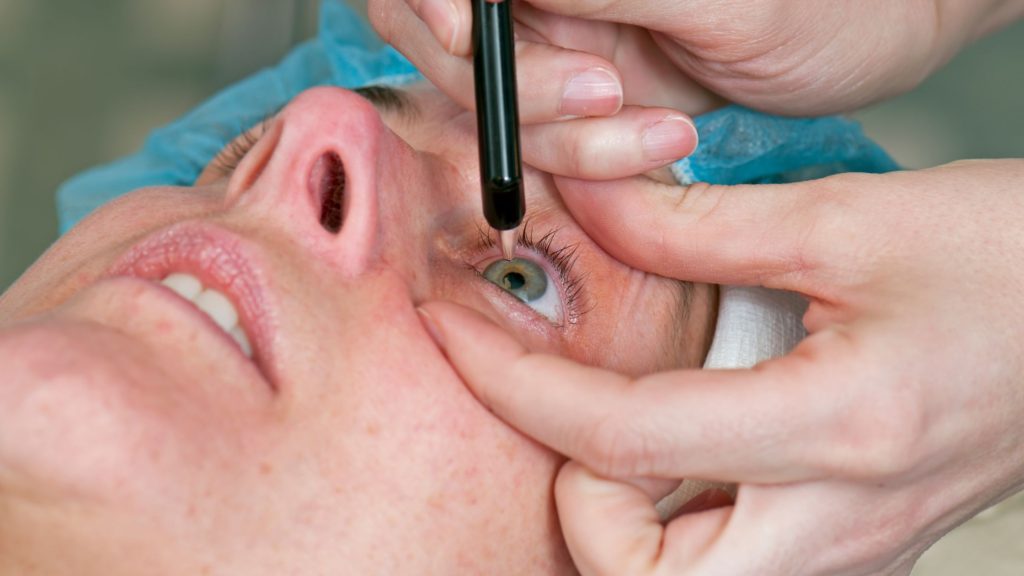Last updated on April 30th, 2025 at 01:24 pm

Merely converting your present daily evening stroll to a brisk walk can drastically reduce your risk of heart disease find the latest study. The study reveals that increasing the intensity of physical exercise which is equivalent to converting a daily 14-min stroll into a brisk 7-min walk decreases the risk of heart disease. Exercises and physical activity have numerous health benefits, it helps burn fat and help maintain blood sugar level, study suggests that even exercise help cure cancer.
This latest research paper was published online in the European Heart Journal1 and doctors of the UK re-establishes the importance of physical activity for a healthy heart and the prevention of cardiovascular disease. In an another study it is already known that weight lifting helps reduce the heart fat, which is important for cardiovascular health.. In this article, we will try to understand how intensity and duration of physical activity are linked to reduced risk of cardiovascular disease, and how the research was conducted.
Does increasing intensity of exercise have positive effect on heart?
The negative effect of a sedentary lifestyle and the positive effect of an active lifestyle on our physical health is not a secret. However, the role of physical activity in lowering the risk of cardiovascular disease is poorly understood. Scientists in the UK were trying to find out whether moderately increasing the intensity of activity and/or duration has a positive effect on cardiovascular health. Like, if we convert short strolls to a brisk walk, does it reduces the risk of heart-related disease?
For this, the doctors collected data from the UK biobank. They selected adult participants with age 40-69 yrs without heart disease between the years 2006 to 2010 across the United Kingdom. A total of 88,412 participants were recruited out of which 58% participants were females.
During the selection procedure, the participants were shortlisted based on a touch screen questionnaire. In addition to general biodata, the questionnaire includes:
- Parental history of cardiovascular disease or cancer,
- Alcohol drinking status (never/previous/current),
- Salt added to food (never/sometimes),
- Oily fish intake (never/sometimes),
- Fruit and vegetable intake (a score from 23 0-4 taking into account questions on cooked and raw vegetables, fresh and dried fruit 24 consumption),
- Processed and red meat intake (average weekly frequency in days per week),
- Sleep duration (<7, 7-8, >8 h), and
- A diagnosis of cancer prior to baseline.
- Prevalent CVD history of heart attack, angina, stroke,
- Body mass index (BMI) in three categories (<25, 25-30, ≥30 kg/m).
Wrist accelerometer used to measure exercise intensity, duration

All the participants were instructed to wear an accelerometer on their dominant wrist continuously (24 h/day) for seven consecutive days. These types of accelerometer measure movement-related acceleration by sensing the wrist motion. The researchers were particularly interested in measuring:
- The intensity of activity: Amount of energy expenditure in physical activity from wrist movement intensity.
- The total volume of activity: The time spent on that activity.
Result: Increasing intensity in reducing duration a good strategy
All the participants were again contacted through email to collect between June 2013 and 12 December 2015, roughly 5.3 years from the day of recruitment. Doctors were looking for cardiovascular disease events during these years, in particular, they were looking for episodes of ischaemic heart disease or cerebrovascular disease.
As mentioned earlier, 58% were female participants, and their activity profiles were similar to males. But men had slightly lower overall Physical Activity volume and spent more time in higher intensity activities. During this period doctors found 4,068 events of heart disease.
Doctors analysed the data and found that by increasing the intensity of physical activity by 20% there’s a 14% reduced risk of cardiovascular diseases that is equivalent to converting 14 min short stroll to 7 min brisk walking. The result also revealed that by increasing both intensity and duration has an even more positive effect. The study concluded that both the higher volumes of Physical Activity and moderate intensity, like brisk walking are associated with lower rates of incident heart disease or heart disease in both men and women.
What does it mean to us?
The research reveals that increasing the volume (time) of exercises and increasing intensity helps reduce the risk of heart disease. So, we can slightly modify our existing activity either by increasing the duration of exercise or intensity of exercise or both. For example, if you go regularly for an evening stroll, you can convert this into brisk walking. Or, if you are too busy and have hardly time for exercises, you can perform short 5 to 10-minute exercises with more intensity and vigorously. You can use this online walking calorie-burned calculator to find how many calories you will burn with walking.
Keep Reading: Want to Reduce Risk of Heart Disease? Study Says Eat More Nuts and Seeds
The author is a physiotherapist who has been practising for the last 17 years. He holds a Bachelor's in Physiotherapy (BPT) from SVNIRTAR (Swami Vivekananda National Institute of Rehabilitation and Research), one of the prestigious physiotherapy schools in India.
Whatever he learns dealing with his patient, he shares it with the world through blogs and e-books. He also owns a YouTube channel, "Sunit Physiotherapist" with over 8 lakh active subscribers. Here, he shares everything he gets to learn serving the patient.





